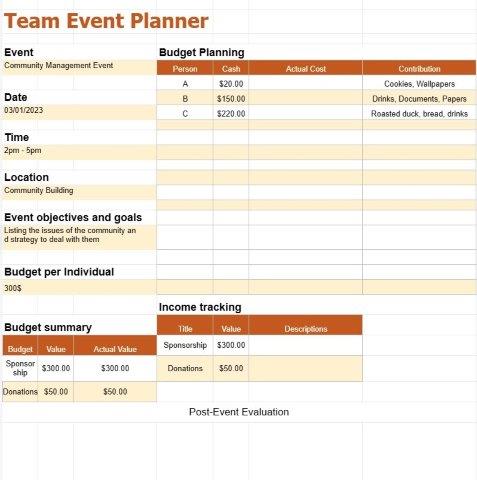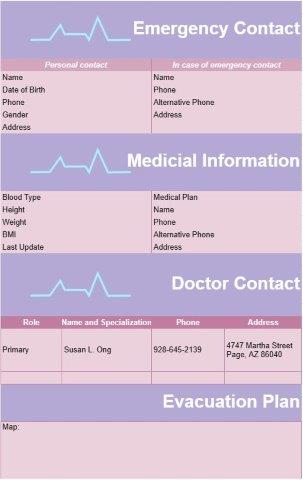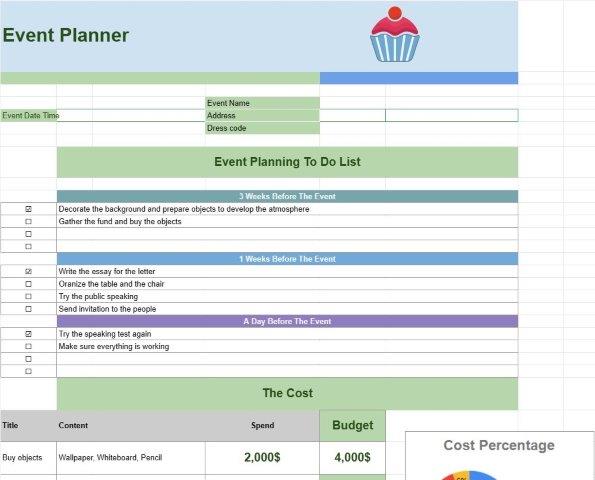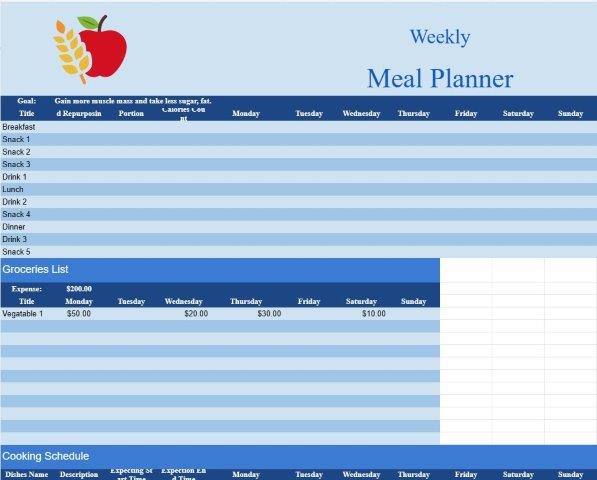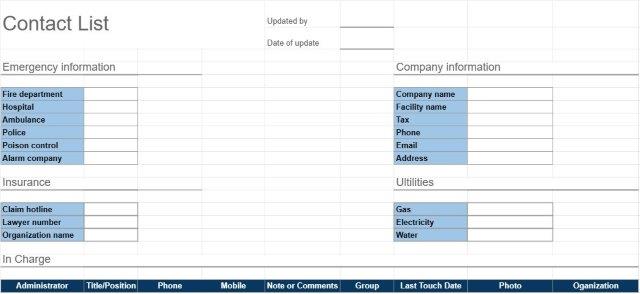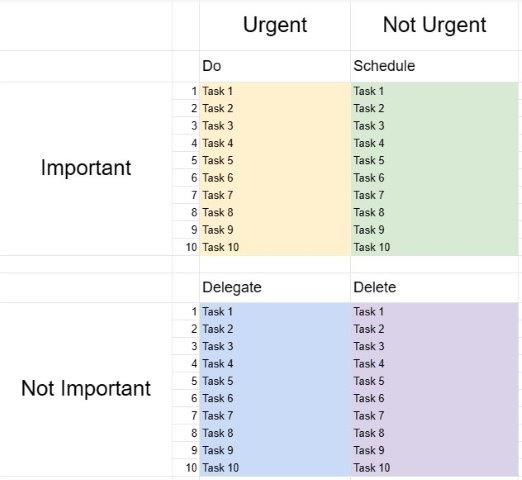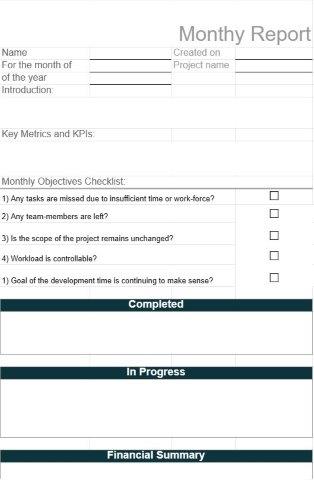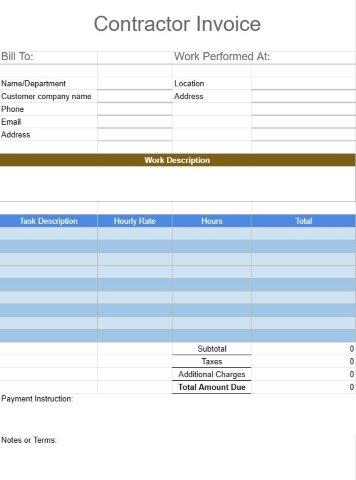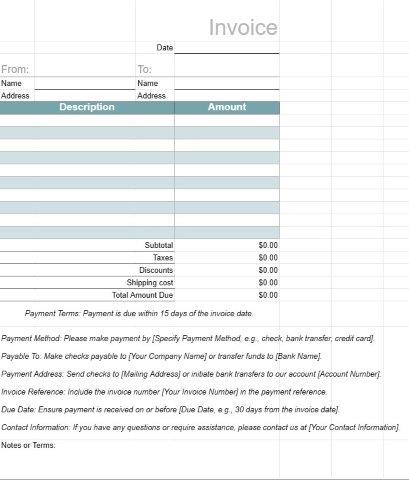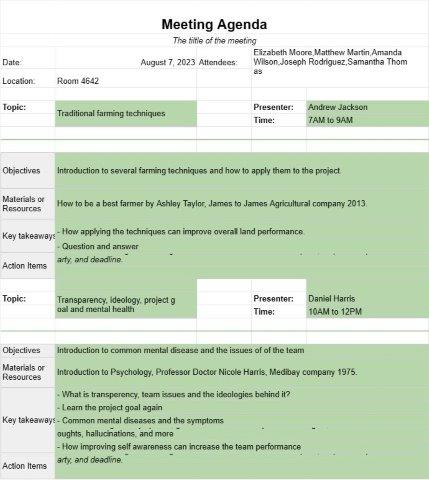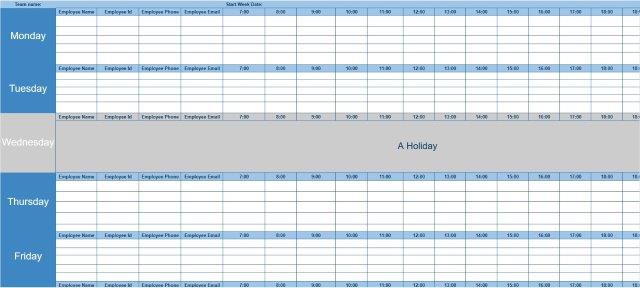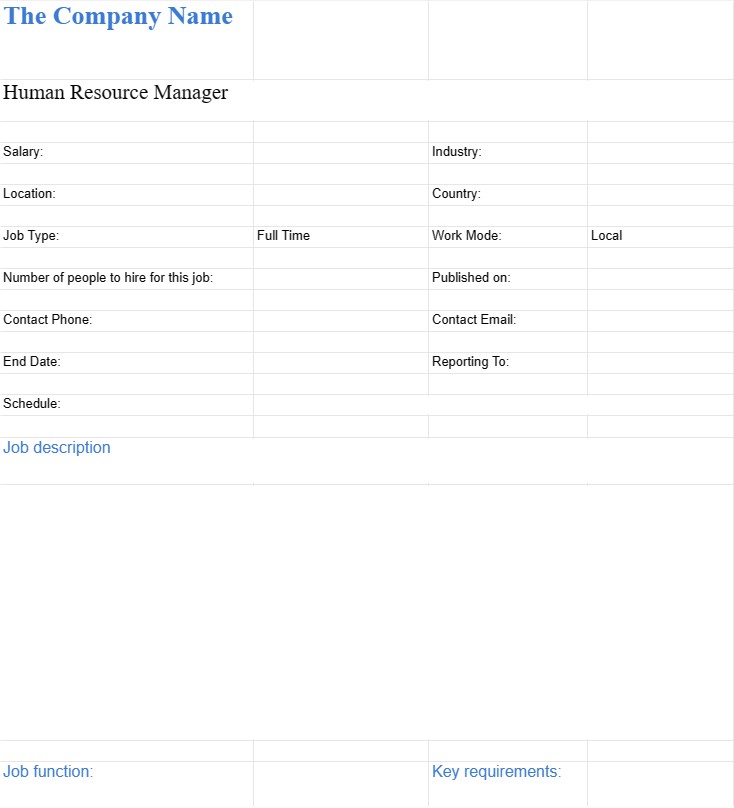

توظيف
فئة : المخططين
عادة ما تستخدم المنظمة هذا لإعلام المرشح المحتمل فيما يتعلق بفرصة.
يعد قالب مستند معلومات الوظيفة (JID) للتوظيف تنسيقًا منظمًا تستخدمه المؤسسات أثناء عملية التوظيف لتجميع معلومات شاملة حول دور وظيفي محدد. وهو بمثابة مستند مرجعي تفصيلي يتضمن جميع التفاصيل ذات الصلة بالمنصب، مما يسهل على مسؤولي التوظيف ومديري التوظيف والمرشحين فهم مسؤوليات الدور ومتطلباته وتوقعاته.
إليك المكونات الرئيسية وأغراض قالب مستند معلومات الوظيفة (JID) للتوظيف:
- المسمى الوظيفي: اذكر المسمى الوظيفي بوضوح لتحديد المنصب بدقة. تأكد من أن المسمى الوظيفي يتوافق مع الهيكل الوظيفي والتسلسل الهرمي للمؤسسة.
- القسم/القسم: حدد القسم أو القسم الذي ينتمي إليه المنصب. يساعد هذا المرشحين وأصحاب المصلحة الداخليين على فهم مكان الدور داخل الهيكل التنظيمي.
- هيكل إعداد التقارير: حدد مكان المنصب في التسلسل الهرمي التنظيمي، بما في ذلك المشرف المباشر وأي مرؤوسين (إذا كان قابل للتطبيق)، وأدوار الأقران.
- ملخص الوظيفة/الهدف: قدم نظرة عامة موجزة وشاملة عن غرض الدور وأهدافه ومسؤولياته الأساسية. يجب أن يكون هذا القسم بمثابة مرجع سريع للمرشحين والقائمين بالتوظيف.
- المسؤوليات والواجبات الرئيسية: قم بإدراج الواجبات والمسؤوليات الرئيسية المرتبطة بالدور بالتفصيل. استخدم النقاط النقطية أو القوائم المرقمة لتقديم هذه المعلومات بوضوح. كن محددًا وقم بتضمين أي مهام تنفرد بها الوظيفة.
- المؤهلات والمتطلبات:
- التعليم: حدد التعليم المطلوب المؤهلات، مثل الدرجات العلمية أو الشهادات أو التراخيص.
- الخبرة: قم بتفصيل الحد الأدنى لسنوات الخبرة العملية ذات الصلة المتوقعة من المرشحين.
- المهارات: حدد المهارات الأساسية والكفاءات الفنية والكفاءات اللازمة للنجاح في هذا الدور.
- المؤهلات المفضلة: اذكر أي مؤهلات إضافية المؤهلات أو المهارات التي قد تكون مفيدة لهذا الدور.
- مؤشرات الأداء الرئيسية (KPIs):، إذا كان ذلك ممكنًا، قم بوصف مقاييس الأداء أو الأهداف أو الأهداف التي يسعى إليها الموظف في هذا الدور. سيكون مسؤولاً عن تحقيق. يساعد هذا المرشحين على فهم كيفية قياس نجاحهم.
- بيئة العمل: قدم معلومات حول بيئة العمل، بما في ذلك عوامل مثل موقع المكتب ومتطلبات السفر وأي شروط خاصة (على سبيل المثال). والتعرض للمواد الخطرة).
- الراتب والمزايا: قم بتضمين تفاصيل حول التعويض، مثل نطاق الراتب والمكافآت والمزايا (مثل التأمين الصحي وخطط التقاعد) وأي شيء الامتيازات أو البدلات الأخرى. لاحظ أن بعض المنظمات قد تفضل الحفاظ على سرية معلومات الراتب حتى وقت لاحق من عملية التوظيف.
- تعليمات التقديم: حدد بوضوح كيف يجب على المرشحين التقدم لشغل هذا المنصب. قم بتضمين تفاصيل مثل الموعد النهائي لتقديم الطلبات، ومعلومات الاتصال لتقديم الطلبات، وأي مستندات أو معلومات محددة مطلوبة (على سبيل المثال، السيرة الذاتية، خطاب التقديم، المحفظة).
- بيان تكافؤ الفرص: قم بتضمين بيان تكافؤ الفرص للتأكيد على التزام المنظمة بالتنوع وعدم التمييز في عملية التوظيف.
- نظرة عامة على الشركة: قدم نظرة عامة موجزة عن المنظمة ورسالتها وقيمها ، والثقافة. يساعد هذا المرشحين على مواءمة تطلعاتهم مع روح الشركة.
- تاريخ النشر: حدد تاريخ إنشاء معرف JID أو تاريخ آخر تحديث. يساعد هذا المرشحين على فهم الجدول الزمني لعملية التوظيف.
- الموافقة والمراجعة: حدد أسماء أو مناصب الأفراد المسؤولين عن الموافقة على JID ومراجعته. وهذا يضمن المساءلة في الحفاظ على معلومات وظيفية دقيقة.
- التخصيص: يمكن تخصيص قوالب JID لتتناسب مع الاحتياجات المحددة لكل دور وظيفي ومؤسسة. يمكن إضافة الأقسام أو تعديلها حسب الضرورة.
باستخدام قالب مستند معلومات الوظيفة (JID) للتوظيف، يمكن للمؤسسات التأكد من أن جميع أصحاب المصلحة لديهم إمكانية الوصول إلى معلومات متسقة وشاملة حول الأدوار الوظيفية. تعمل هذه الشفافية على تعزيز عمليات التوظيف الفعالة وتساعد المرشحين على اتخاذ قرارات مستنيرة بشأن طلباتهم.
من السهل معاينة وتنزيل قالب جدول البيانات
قم بعرض الإصدار الكامل من قالب جدول البيانات دون أي قيود لمعرفة ما إذا كان يعجبك، ثم يمكنك تنزيل قالب Excel لتخزينه على جهازك واستخدامه مجانًا.
الوصول إلى قالب جدول البيانات من أي مكان
يعمل هذا على جميع أنظمة التشغيل الشائعة مثل Windows وMacOS وLinux وiOS. يمكنك رؤية قوالب جداول البيانات وتنزيلها بدون برامج إضافية.
كيفية استخدام القالب
تعرف على كيفية معاينة قالب جدول البيانات وتنزيله ثم استخدامه باتباع الخطوات التي يسهل اتباعها للغاية
المزيد من القوالب المشابهة
شاهد المزيد من قوالب جداول البيانات الموجودة ضمن نفس الفئة مع الفئة المختارة.


